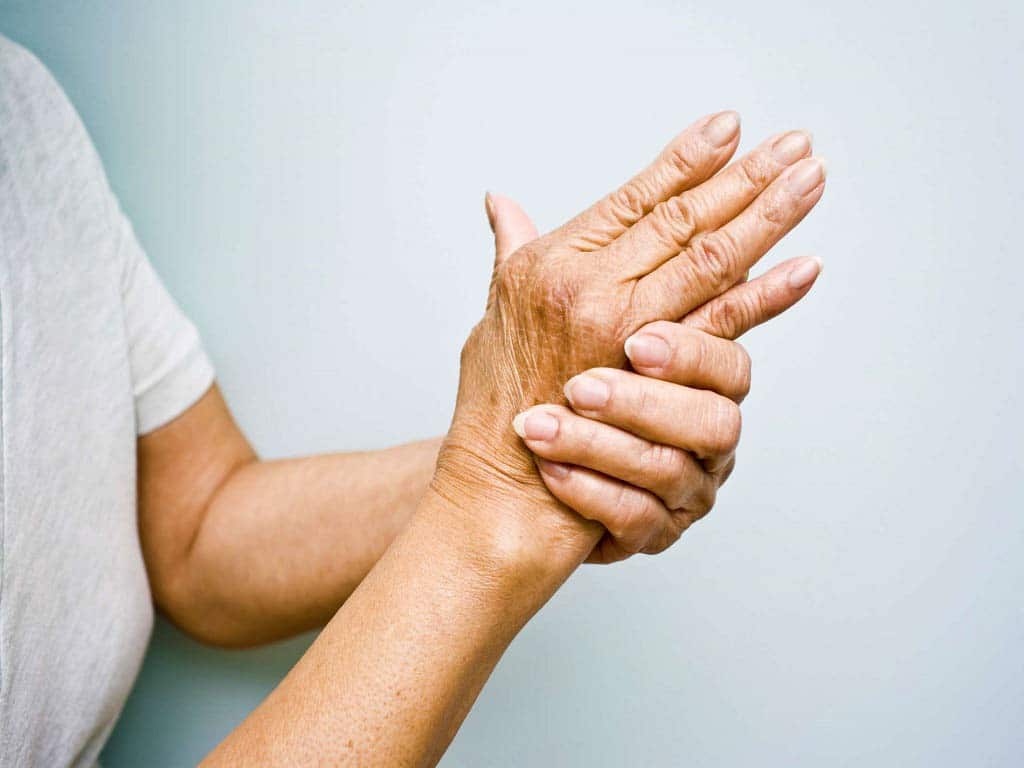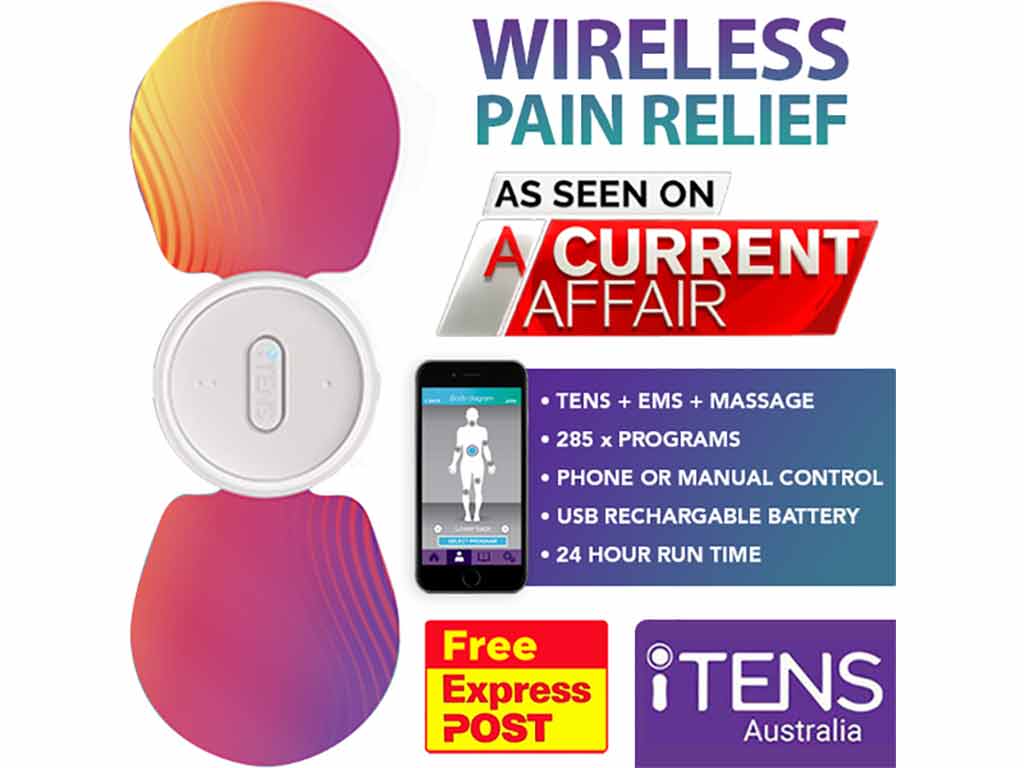
A Transcutaneous Electrical Nerve Stimulation (TENS) machine is a portable tool that can alleviate various types of pain. It works by triggering the release of endorphins. These are natural painkillers in the body. Additionally, TENS blocks the pain signals sent to the brain and boosts blood circulation in the affected area. Operating a TENS machine for arthritis in fingers is easy. One must place the electrodes on clean and dry skin, turn on the machine, and adjust the settings.
Finger arthritis is a musculoskeletal pain condition that affects millions of people. This causes causing discomfort, stiffness, and limited mobility. Traditional methods of pain management, like pain medication and surgical interventions, may not be suitable for everyone. Hence, it is where a TENS device comes in as a safe option. This article will present the TENS unit for finger arthritis, including its mechanism of action and proper usage.
What is a TENS Machine for Arthritis in Fingers?
Arthritis in the fingers is a medical condition where the joints become tender and painful, making it difficult to perform daily activities. This arthritic pain in adults is common and can be a chronic condition. It is essential to seek advice from a health professional to manage the pain and maintain hand function.
A TENS machine for arthritis in fingers is a pain relief device that delivers mild electrical current to the body using electrode pads. Accordingly, physical therapists and other medical professionals typically recommend TENS therapy to patients. Also, individuals may utilise the electrical device while at home.
There are two main types of TENS devices: wired and wireless. Wired TENS machines require cables to connect the device to the electrodes. On the other hand, wireless TENS units usually operate using rechargeable batteries and eliminate the need for wires. Nevertheless, users can control the electrical stimulation manually. In addition, they can control it using a smartphone via Bluetooth connectivity.
Causes of Finger Arthritis
- Wear and tear: repeated use of fingers over time causes the cartilage between joints to wear down.
- Aging: as people get older, their bodies naturally produce less cartilage, leading to increased friction between bones.
- Genetics: some individuals inherit a predisposition to arthritis.
- Joint injuries: previous injuries or trauma to the fingers can increase the risk of arthritis later in life.
- Overuse: activities involving repetitive motions, such as typing or playing musical instruments, can strain the finger joints and contribute to arthritis.
- Inflammatory arthritis: conditions like rheumatoid arthritis or psoriatic arthritis cause inflammation in the joints, including the fingers.

How a TENS Machine for Arthritis in Fingers Work to Alleviate Pain?
Generally, a TENS machine for arthritis in fingers works by streaming electric currents to the body. Accordingly, when a person uses TENS, the electrical impulses it generates can stimulate the nerve fibres. As such, it can trigger the production and release of endorphins. These are the natural painkillers of the body. Endorphins are “feel-good” chemicals that promote a sense of well-being.
Moreover, the TENS unit may influence the Pain Gate Theory. This suggests that the transmission of pain signals to the brain can be modulated. Hence, the electric nerve stimulation can close the pain gate, preventing pain messages from reaching the brain. As a result, this activity can reduce the intensity of pain, providing finger arthritis pain relief through its analgesic effect.
The electrical pulses from the TENS machine can also enhance blood flow to the treatment area. Improved circulation can help deliver oxygen and essential nutrients to the tissues. Also, it aids in the removal of waste products. This approach may contribute to the reduction in pain, inflammation and swelling. Thus, it promotes a more comfortable sensation in the fingers.
Advantages of TENS Over the Other Treatment Options
TENS offers several advantages over other treatment methods of pain relief. Firstly, it is a drug-free option. This is beneficial for individuals who prefer to avoid the potential side effects and dependency issues associated with pain medication. Secondly, TENS is non-invasive. This allows for a more comfortable and convenient treatment experience.
Thirdly, TENS can treat different types of acute and chronic pain conditions, including joint pain, neuropathic pain, and muscle pain. This makes it a versatile option. Lastly, TENS can be used alongside other treatment methods, such as physical therapy or cold therapy, providing a combined approach for beneficial improvement.

How to Operate a TENS Machine for Arthritis in Fingers
To use a TENS machine for arthritis in fingers, individuals can follow a straightforward process. Firstly, ensure that the electrical nerve stimulator is adequately charged or has fresh batteries. Then, connect the electrodes to the machine using lead cables or to a smartphone via Bluetooth for wireless. Afterwards, identify the treatment area and prepare it.
Next, position the electrode patches following the electrode placement charts or guides. After the pads are firmly in place, the individual can switch on the TENS unit. The device may allow users to adjust the frequency and intensity of stimulation or select a pre-set program for finger arthritis. Nevertheless, it is crucial to start with the lowest settings and moderately increase them to a comfortable level to avoid skin irritation or other adverse effects.
Once done, the person can initiate the TENS therapy session. Throughout the treatment, the individual should pay attention to their comfort level and make further adjustments. The treatment duration ranges from 15 to 30 minutes. Upon completing the session, the individual can switch off the machine and carefully remove the self-adhesive electrode pads.
Where to Place the Electrodes?
To alleviate finger arthritis pain using electric nerve stimulation, proper placement of electrode patches is crucial. Firstly, ensure the skin is clean and dry to enhance electrode adhesion and prevent discomfort. Then, position one electrode patch on the top side of the affected finger, near the joint experiencing the most pain.
Simultaneously, place the other electrode patch on the bottom side of the same finger. This placement targets the affected area directly, optimising pain relief. It is still advisable to consult a healthcare professional to determine the most suitable treatment plan. Additionally, always follow the safety guidelines provided with the stimulation device.
Conclusion
In conclusion, a TENS machine for arthritis in fingers is a valuable tool for pain alleviation and improving function. TENS stimulates nerve fibres to produce endorphins by delivering mild electrical nerve stimulation. Additionally, it may modulate pain signals through the Pain Gate Theory, reducing pain intensity. Improved blood flow induced by the device further aids pain relief by promoting tissue oxygenation and waste removal. Ultimately, TENS therapy offers a non-invasive and effective approach to managing finger arthritis discomfort.
Operating a TENS device for finger arthritis involves simple steps. After ensuring the device is charged or has fresh batteries, connect the electrodes and prepare the treatment area. Place the electrode patches on the top and bottom sides of the affected finger. Start the session at low settings, gradually increasing for comfort. Pay attention to any adjustments needed during the 15 to 30-minute session. Finally, switch off the machine and remove the electrodes after use.




















